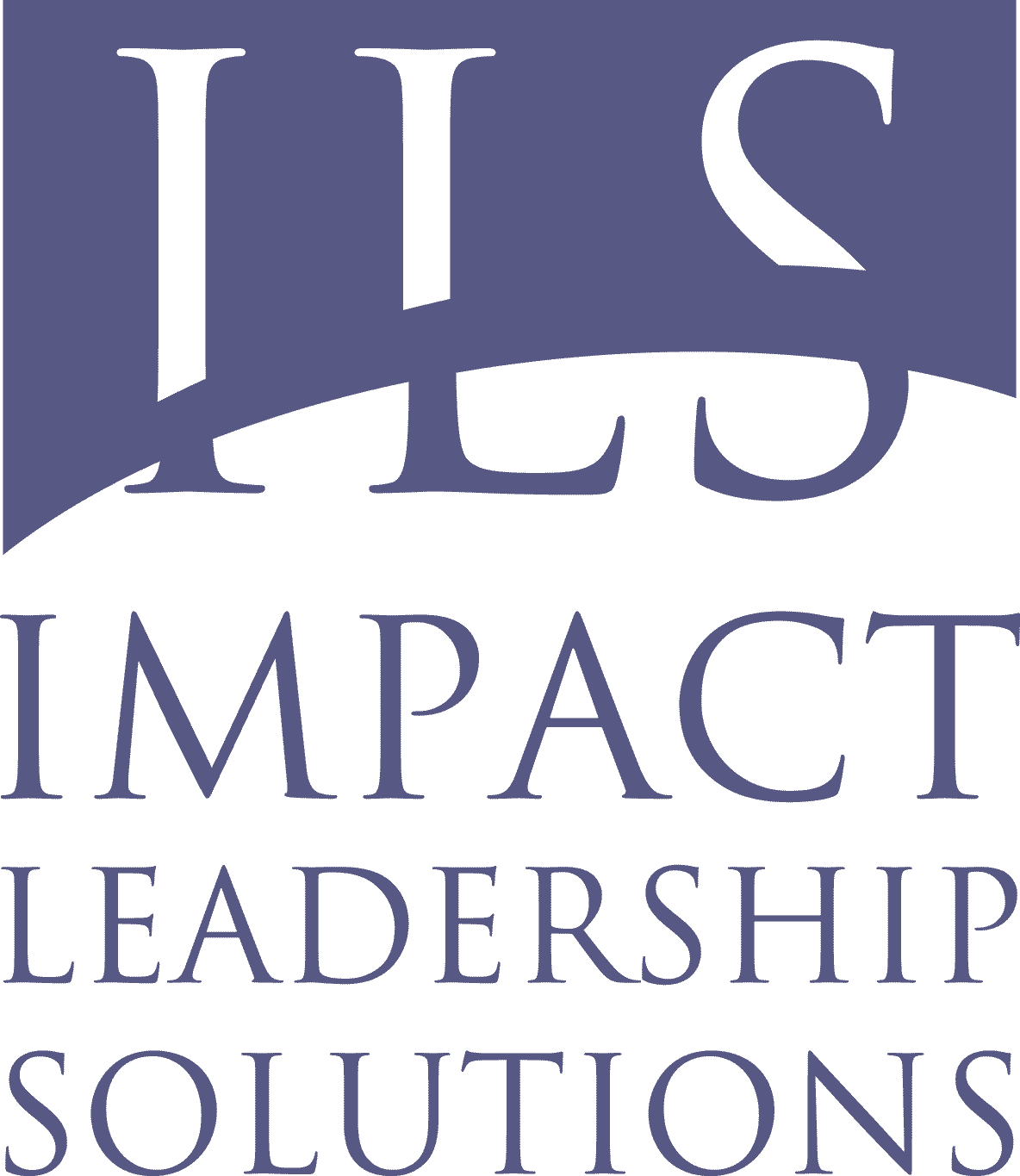The One-Second Judgment That Shapes Your Career
- Anna Conrad

- Oct 17
- 4 min read

You walk into the conference room, coffee in hand. Before you’ve even said hello, every person in that room has already decided something about you — whether you’re confident, competent, and, most of all, trustworthy.
If leadership is about influence, the first second might be your most powerful — or perilous — moment.
Sound dramatic? It’s not. Research from Princeton found that people form judgments about trustworthiness in as little as one-tenth of a second— faster than you can blink. And those impressions tend to stick, shaping how your words are interpreted, your ideas are received, and whether others are inclined to follow your lead.
If leadership is about influence, this first second might be your most powerful — or perilous — moment.
The Blink Effect
In a landmark study, psychologists Janine Willis and Alexander Todorov showed participants a series of faces for 100 milliseconds — one-tenth of a second — and asked them to rate traits like competence, likability, and trustworthiness. Their quick judgments closely matched the impressions made when people had unlimited time to evaluate the same faces.
In other words, our brains make up their minds almost instantly. Then they spend the rest of the conversation confirming they were right.
This is part of evolution. For thousands of years, those instant “friend or foe” judgments kept us alive. In the modern workplace, that ancient wiring is still running — only now, it’s deciding whether we seem capable, credible, or cold.
Coach’s tip: Remember, before you speak, you’re already communicating. Before each meeting or conversation, ask yourself, “How do I want the other person/people to feel?” This one question will guide your behavior.
Why Our Brains Jump to Conclusions
Here’s the thing: your logical brain might be reasoning through a project plan, but your emotional brain — the amygdala — is already scanning faces for safety and sincerity.
That’s why leaders who seem approachable earn trust faster than those who appear guarded, even when their skill sets are identical. People are reading cues they can’t articulate — eye contact, tone, micro-expressions — and forming lasting opinions in milliseconds.
And the truth is, trust feels before it thinks.
Coach’s tip: When you meet someone new, assume their brain is already deciding if you’re safe. Smile — not to “look friendly,” but to signal calm confidence.The Good, the Bad, and the Biased
Now, before you panic and rehearse your “trust face” in the mirror, let’s add nuance.
These snap judgments aren’t always accurate. In fact, recent reviews — including one from the Review of International Social Psychology— found that our ability to judge true trustworthiness from a static photo is, at best, inconsistent. We’re often projecting our own assumptions, experiences, or even cultural biases onto what we see.
In short, humans are great at reading a face. We’re just not always reading the truth.
But the real insight here isn’t to fear first impressions — it’s to become aware of them, in both directions. Notice how quickly you decide who’s “sharp,” “arrogant,” or “warm.” Awareness is the first step toward better leadership judgment.
Coach’s tip: Don’t judge the judgment. Notice your own snap impressions and ask: “What evidence supports this?” and “What assumptions am I making?”Why It Matters for Leadership Presence
We talk a lot about executive presence as if it’s a mysterious trait — charisma, confidence, gravitas. But at its core, presence is about trust. People don’t follow titles; they follow those they trust to lead them well.
That first impression — the one-second read — sets the tone. Once someone decides you’re competent and steady, every future interaction reinforces that belief. But if they decide you’re aloof or impatient? You’ll spend months climbing out of that hole.
This is why technically brilliant leaders sometimes stall in their careers. Their credibility isn’t questioned — their approachability is.
Coach’s tip: Presence isn’t charisma — it’s consistency. If you want people to trust you fast, behave in ways that make them right to.Shaping, Not Faking, First Impressions
You can’t control how others think, but you can shape the signals you send. And no, this isn’t about manipulation — it’s about congruence. Making sure your nonverbal messages match your intentions.
Try this:
Eye contact: Steady, not staring. It signals focus, not dominance.
Posture: Upright but relaxed — confident, not stiff.
Facial energy: A neutral expression can read as detached. Engage the muscles around your eyes when you smile; that’s what conveys warmth.
Voice: Lower your pitch slightly and slow your pace. People equate calm voices with credibility.
Virtual tip: Lighting matters. Bright from the front, not above — no one looks trustworthy under “campfire lighting.”
I once coached a senior leader whose team saw her as distant. She wasn’t — she was focused, introverted, and always on a deadline. After we worked on a few subtle changes, such as holding eye contact longer, opening meetings with one personal check-in question, her influence soared. Same competence, different cues.
Coach’s tip: Practice speaking on the exhale. This will slow down your rate of speech and also make you sound more grounded and credible.Rethinking the First Second
The science is humbling: people make judgments about us faster than we can process what’s happening. But it’s also empowering. That first second isn’t fixed — it’s a chance to intentionally show up as the leader you mean to be.
Trust doesn’t start with a speech or a strategy; it starts with presence.
And presence begins long before you speak.
👉🏽Do you want more real-life leadership tips? Sign up for the Monday Morning Mentoring YouTube channel and the ILS bi-weekly newsletter. Also, follow me on LinkedIn.



